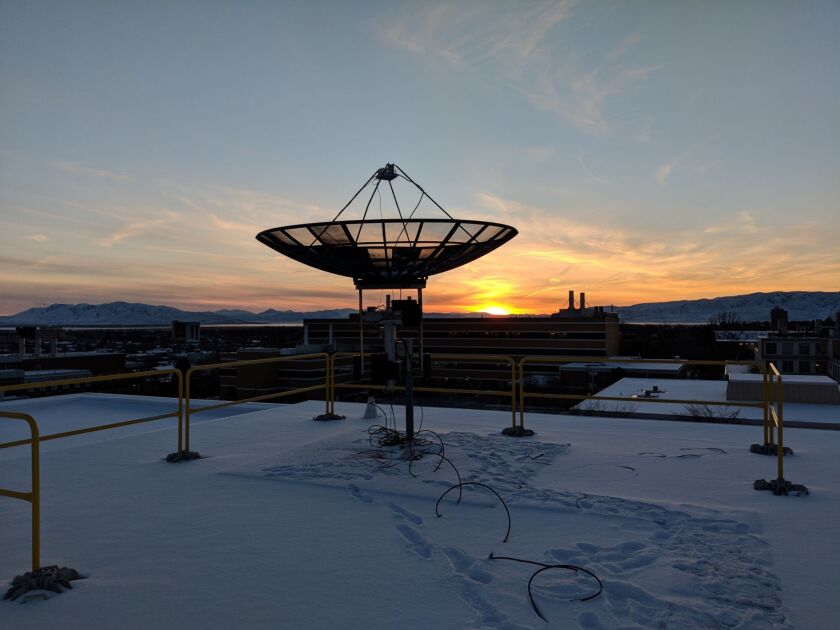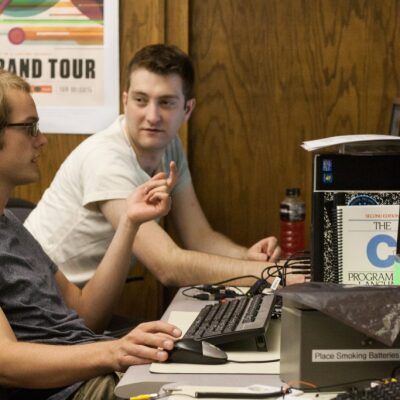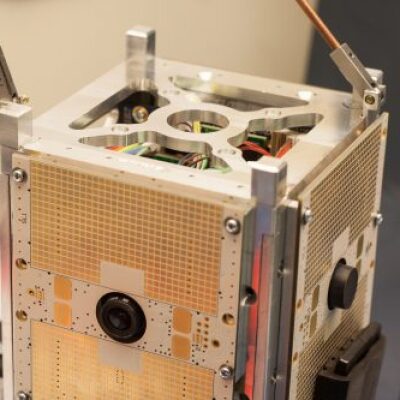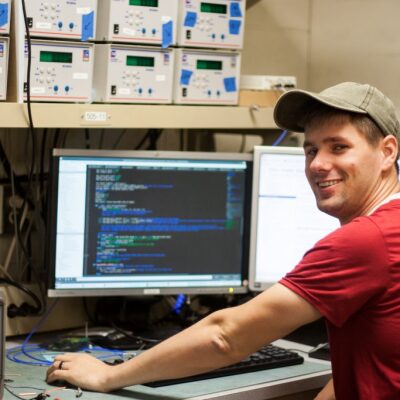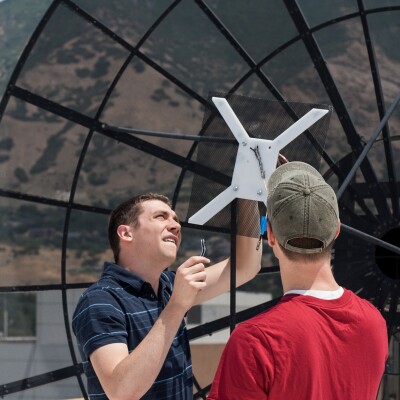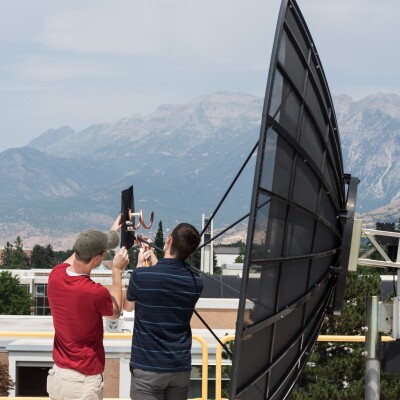
LAUNCH UPDATE
The PICs satellites were successfully launched as part of NASA's ELaNa 20 mission onboard Virgin Orbit's Launch Demo 2 on January 17, 2021. The 10 payloads were delivered into an approximately circular, 500 km altitude, low earth orbit with an inclination of 60 degrees. Virgin Orbit captured video footage of the satellites deploying in eclipse, so nothing could be seen except when the PICs were deployed and the flash on at least one of the satellites went off! PICA and PICB are believed to be the satellites with international designators 2021-002J and 2021-002K. Unfortunately, no transmissions have been received from them yet, so this identification is not certain.

Passive Inspection CubeSats (PICs) is Brigham Young University's first spacecraft mission and the first mission of the multidisciplinary Advanced Spacecraft Team. The PICs mission will demonstrate low-risk, low-cost, spacecraft inspection by a passive, fly-away probe. This Advanced Spacecraft Team consisted of over 60 undergraduate students who assumed full responsibility for designing, building and testing two 1U CubeSats. The work was completed in 4 years with a launch opportunity from Virgin Orbit through NASA LSP.
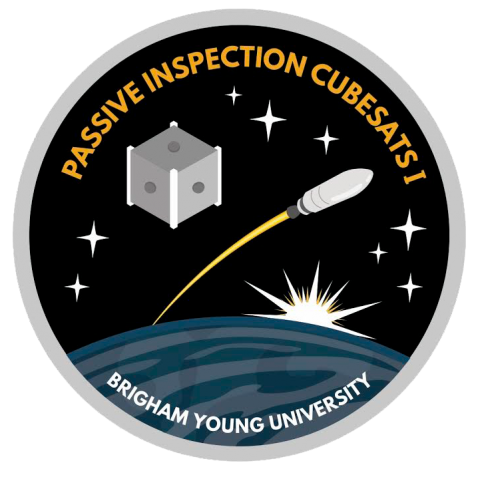


Remote inspection provides holistic insight into spacecraft performance, beyond what is available with on-board instrumentation alone. Traditional methods for remote inspection, including multi-spacecraft rendezvous and robotic arms, are costly. Proposed, low-cost methods, such as free-flying small spacecraft, risk collision during proximity operations. A Passive Inspection CubeSat (PIC) uses a spherical imaging system to inspect spacecraft, during deployment, at low risk and low cost.


The PICs system consists of two, 1U CubeSats with spherical camera arrays, a BYU ground network, and student-developed post-processing software. Each PIC has a spherical camera array (360°x180°), supported by flash LEDs. This camera array maintains visual of its target, regardless of deployment tumble, so no active navigation systems are necessary. Each PIC consists primarily of custom electrical, mechanical, and thermal subsystems developed by the undergraduate team during the last year.


Immediately after deployment, the PICs capture several images of the launch vehicle. The PICs later transmit image telemetry data to BYU’s new, CCSDS capable, UHF and VHF ground station with 2 independently tracking dishes (1 pictured at right). After all data has been downlinked, the cameras image the Earth for the remainder of their functional lives.
